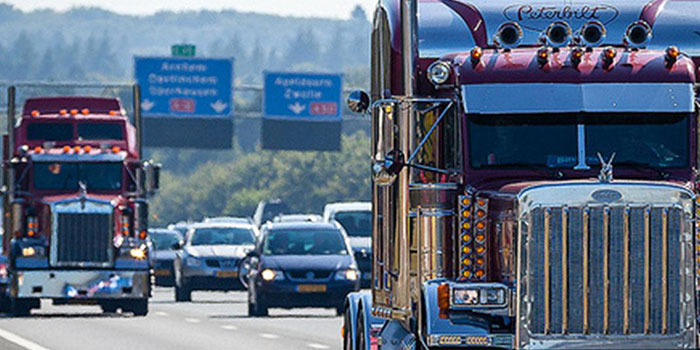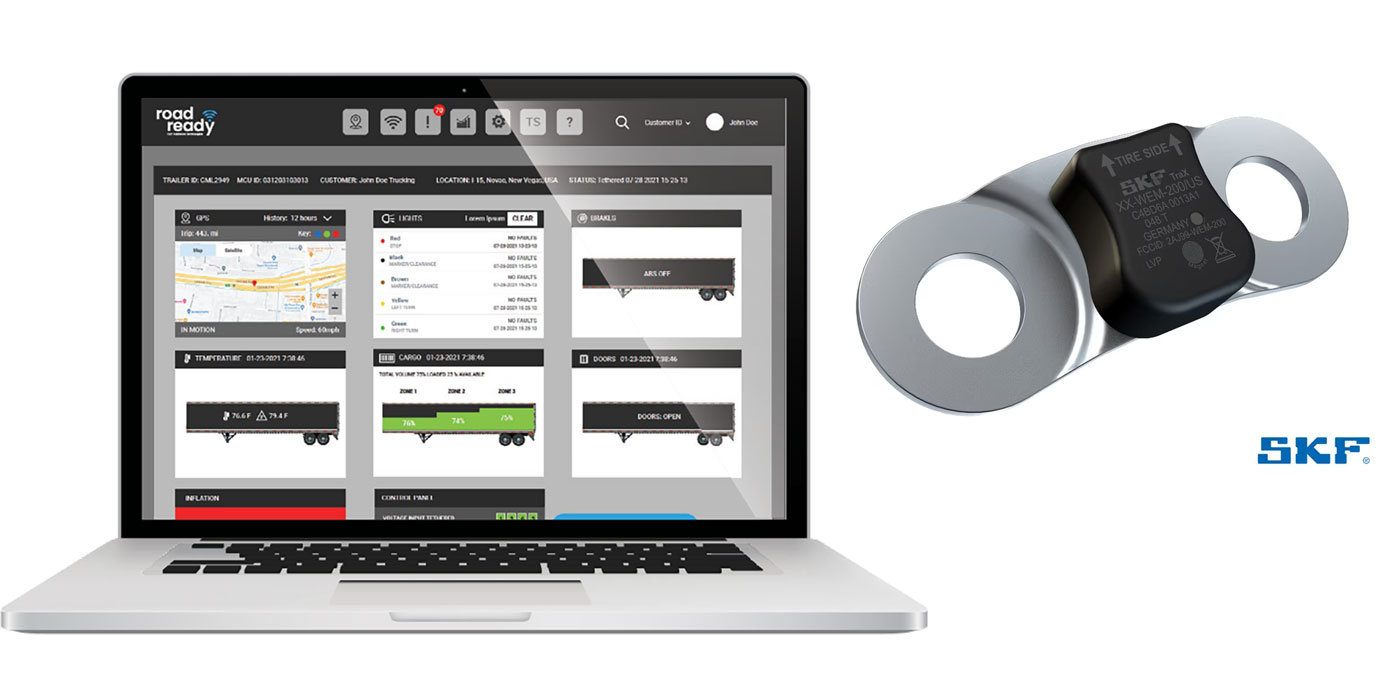Unscheduled roadside repairs.
Three words you hear too often, at least according to the results of ATA’s Technology and Maintenance Council (TMC) and FleetNet America benchmarking study that took a deep dive into the frequency of roadside failures among truckload fleets. The executive summary from the 2018 Q4 report stated that, on average, a roadside maintenance event occurred every 10,663 miles between Oct. to Dec. 2018. Additionally, the report found that the average cost per mechanical repair in that same time period was $334.20 per repair—the highest it had ever been since the quarterly benchmarking project started a year ago.
As a fleet service manager, those numbers might make your stomach churn, but if you’re being honest with yourself, it’s because you’ve likely faced those costs. The five most frequent repairs in Q1 2018 included tires, lighting, brakes, exhaust systems and wheels/rims/hubs and bearing systems. These five repairs accounted for 37% of all roadside repairs in Q4 2017 and increased to 58% of all unscheduled repairs.
“We’re measuring miles between breakdowns and miles between repairs,” explained Jim Buell, executive vice president of sales and marketing for FleetNet America. “A breakdown is when the asset is on the side of the road, but there could be more than one repair to get that asset back on the road. When you look at miles between repairs, it helps you make better decisions. And with breakdowns, it costs more to fix something on the side of the road. I believe understanding your roadside failures gives you great insight into your maintenance operation.”
The best-in-class fleet in the truckload vertical ran seven times longer between roadside failures than the vertical average with a total of 75,528 miles between unscheduled roadside repairs. How does your service operation stack up?
Buell explained that the TMC/FleetNet America benchmarking program aims to help TMC members drive down maintenance costs. Avoiding roadside repairs is a major component of that, as on average it costs four times more to repair a truck on the side of the road vs. fixing it in your shop.
Buell detailed the VMRS-based benchmarking, which compares the industry average maintenance practices and costs to your specific fleet’s performance.
“It will tell you how many repairs you had by VMRS system,” he said. “It’ll tell you how many miles you ran between repairs and compare that to the vertical average. Then to make it really easy, it will also tell you how much more it’s costing you to perform below the industry average or how much you’re saving by performing above the average.”
He pointed to a screen displaying rows and columns of service data that is available to TMC members and powered by FleetNet America’s back end solutions. The line he called out is a fleet’s maintenance cost related to wheels, rims and bearings.
“In this particular case,” he began excitedly, “this fleet is ahead $42,000 on wheel, rim and bearing maintenance costs. With that, if I’m that fleet, I might go upstairs to senior management and say, ‘Hey, we’re better than the industry average, and I saved the company $42,000.’”
Wouldn’t we all love to have an awesome line-item savings to point to?
If you’re interested in joining the program and gaining access to the benchmarking data to see how your service operation, visit benchmarkit.fleetnetamerica.com for more details.













